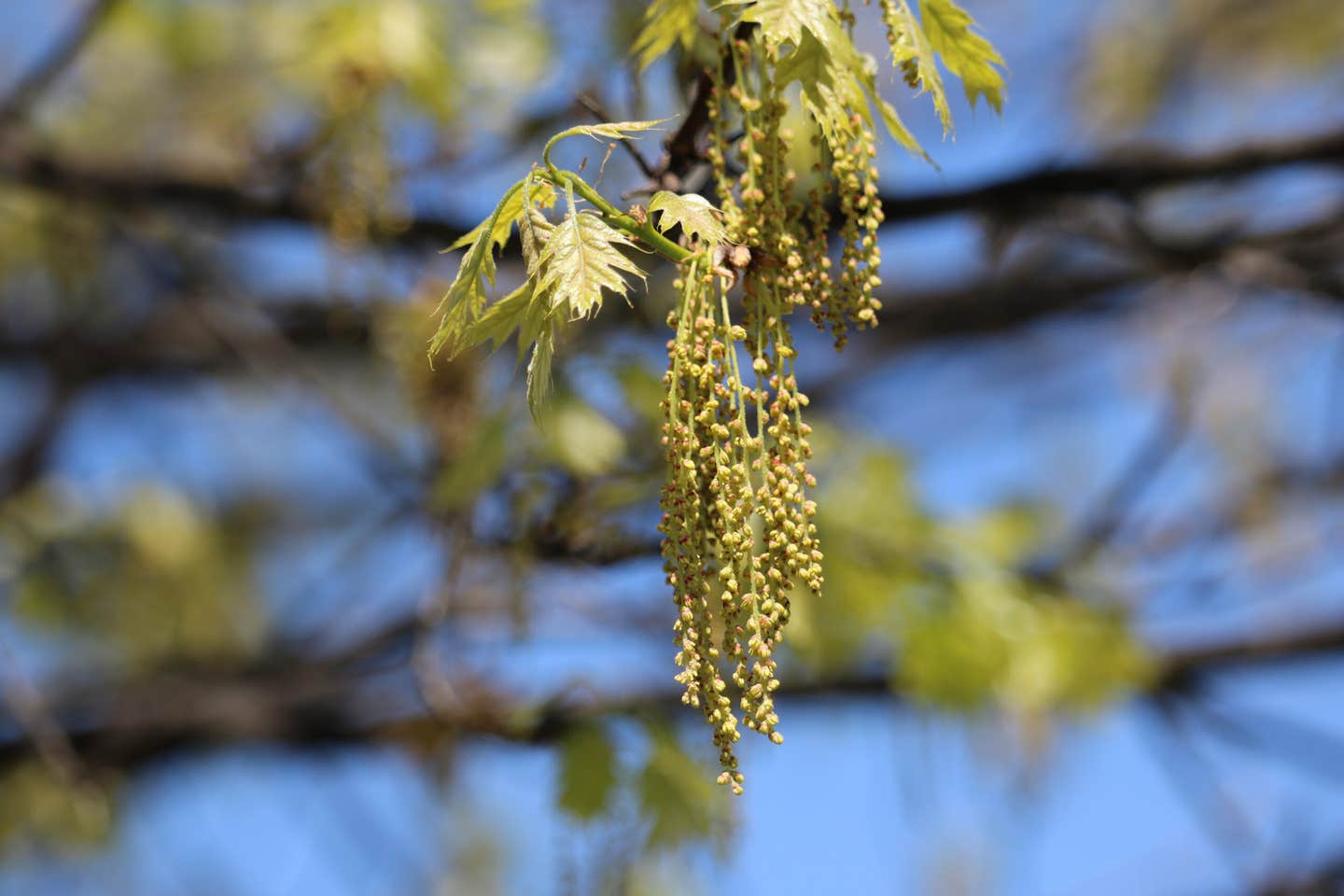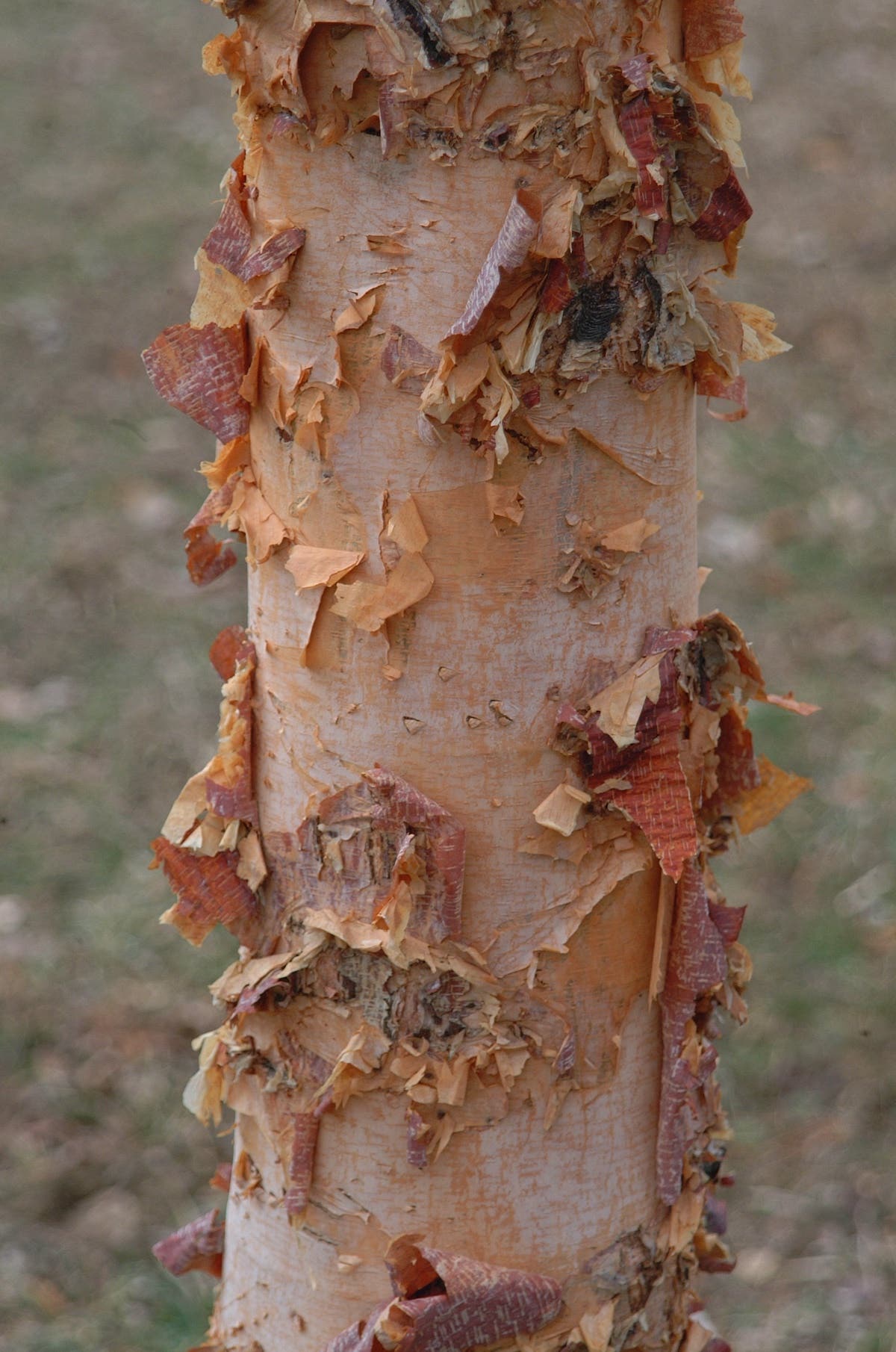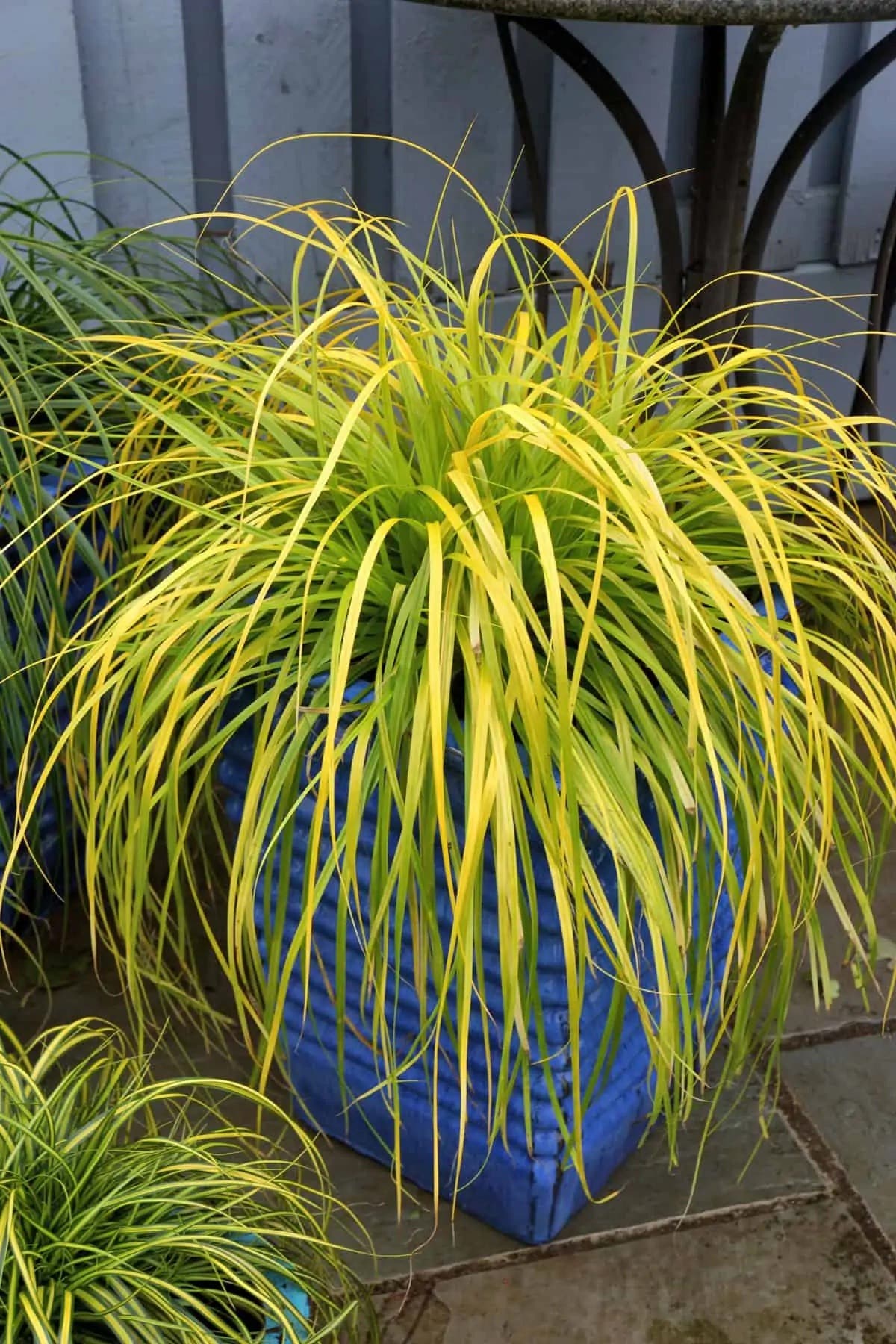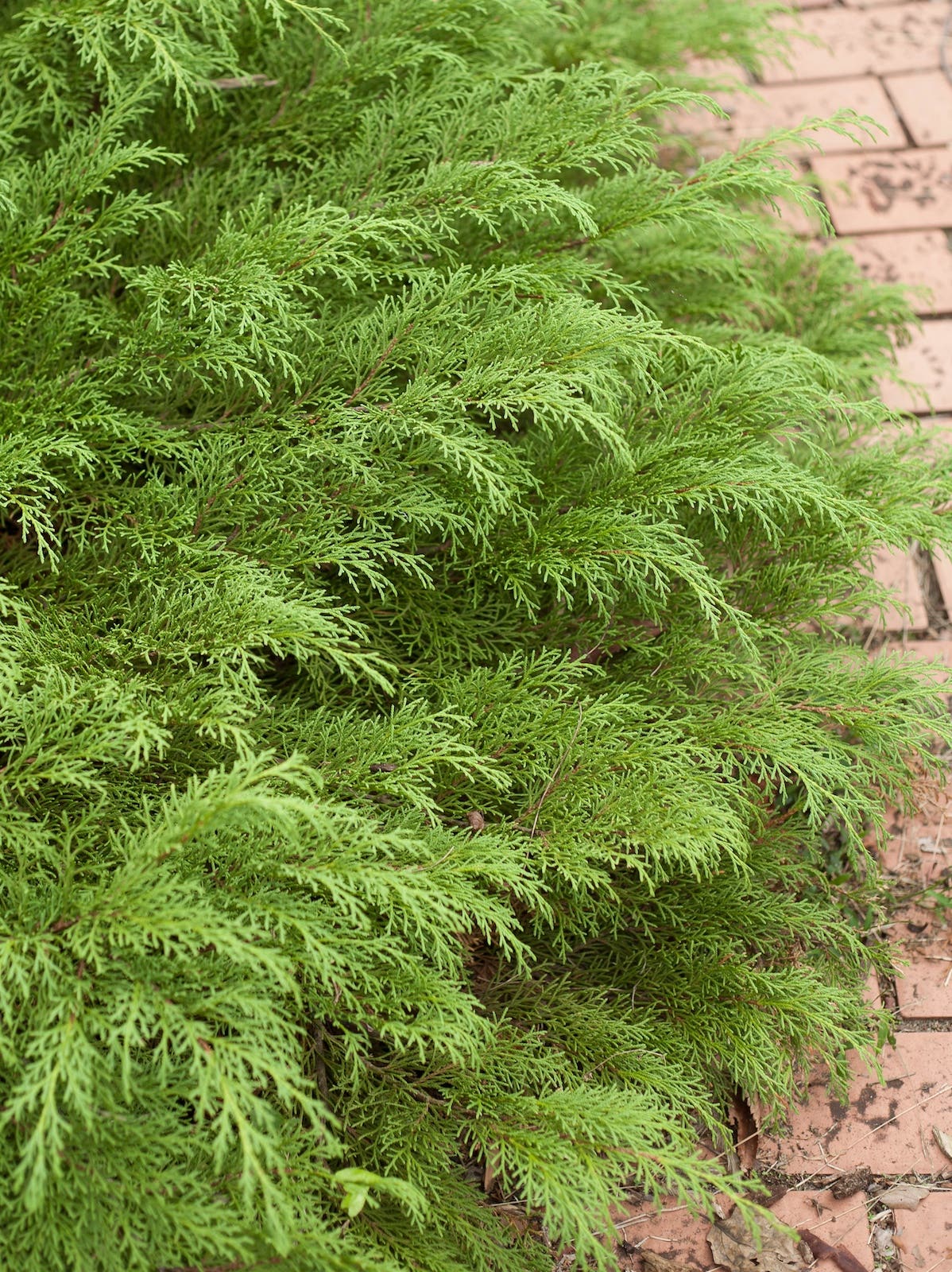Drying Herbs
Using home-dried herbs is a delightful way to bring the flavor and aroma of your summer garden to winter meals. Drying herbs is an easy and satisfying project, requiring little in the way of equipment or time…
Using home-dried herbs is a delightful way to bring the flavor and aroma of your summer garden to winter meals. Drying herbs is an easy and satisfying project, requiring little in the way of equipment or time. More important, home-dried herbs are far fresher and tastier than those bought commercially, which may have been languishing in a warehouse or on a supermarket shelf for months. Popular culinary choices include basil, oregano, and rosemary. Herbs used to brew soothing and flavorful teas, such as mint, lemon verbena, and lemon balm also dry well. See the list below for more selections.
1. Harvesting
While herbs can be dried at any stage of development, their volatile oils, which give them their flavor, are most concentrated when the plants are forming flowers. For the best flavor, harvest in the morning, when the oils are concentrated in the leaves. Use scissors or sharp pruning shears to cut the stems cleanly, rather than breaking or pulling them. During the growing season, you can safely cut your herbs back by as much as two-thirds —as the plants regrow, you will be able to harvest more stems later. For perennials, stop harvesting four to six weeks before your first expected frost to prevent new growth, which is susceptible to damage.
2. Sorting and Cleaning
Pick through your harvest and discard any leaves that are yellowed or damaged. Wash any that are dusty by filling a bucket with clean tap water and swishing them around gently in it. Shake off the water and pat them dry with towels or whirl them in a salad spinner.
3. Bunching and Drying
Keep your bunches small —about a half-dozen to a dozen stems— so that air can circulate easily around the stems. Tie the bunches together with rubber bands and hang them from hooks in the ceiling or from unbent paper clips attached to wires stretched across the room. (Rubber bands work better to bind the bunches than does string, since string will loosen as the herbs dry.) To retain their maximum flavor and color, dry your herbs in a dark and airy location, such as a garage, attic, or spare bedroom. The temperature should be warm, but not hot —70 to 80 degrees Fahrenheit is ideal. Herbs with large, relatively thick leaves, such as sage, will dry faster with less chance of spoiling if you remove the leaves from the stems and lay them in a single layer on a piece of window screening. Elevate the screen with strips of wood to promote air circulation and turn the leaves daily to hasten drying.
4. Stripping
Drying time can vary from a few days to a couple of weeks, depending on the type of herb, air circulation, and the weather. Check your herbs every day or two. When the leaves feel crisp and crumble easily, they are ready for storage. Strip the leaves into a bowl or paper bag. Try to keep them whole so that they retain the most flavor.
5. Storing
Place the leaves in glass jars with tight-fitting lids. If you have a large quantity of any one herb, put it in several smaller jars rather then one large one, since the leaves in unopened jars will retain flavor longer. Label the jars with the name of the herb and the date. While jars of dried herbs look attractive on a shelf near the stove, the herbs will retain their flavor and color longer if stored away from heat and light. A dark, cool cabinet is ideal. Check the jars after a few days to see if any moisture has condensed on the inner surface. If this happens, remove the herbs and spread them out on a rack or tray to dry further. Most dried herbs will retain their volatile oils for about a year. Plan on renewing your supply annually for best flavor (if cooking doesn't naturally deplete it).
OTHER WAYS TO PRESERVE HERBS: Freezing retains the flavor of soft-leaved herbs, though it makes them limp. After rinsing and drying, simply remove the leaves from their stems, place them in labeled freezer bags, seal the bags tightly, and put them in the freezer. Using an artificial heat source to speed up the drying process can be tricky, since herbs will quickly loose their flavor if overheated. One successful method however, is to dry them in a food dehydrator set at 95 degrees Fahrenheit or lower. You can also try using your conventional gas oven using the heat of the pilot light. Spread the herbs on a baking sheet and place the sheet in the oven, leaving the door ajar. Check and stir the herbs every half hour. Maintaining low enough temperatures in an electric oven is more difficult. Try preheating it to its lowest setting and turning it off before placing your herbs in the oven. Microwaving is riskier, and often leads to poor results. If you want to experiment with it, sandwich the herbs between paper towels and heat them for one minute on the lowest setting. If they are not dry, repeat in intervals of a few seconds until they feel crumbly. —J.H.S.
ADDITIONAL HERBS THAT DRY READILY: dill leaf, sage, marjoram, parsley, summer or winter savory, tarragon, thyme
The Herb Society of America is dedicated to promoting the knowledge, use, and delight of herbs. Membership includes a seed exchange, publications, conferences, and tours. Write them at 9019 Kirtland Chardon Road, Kirtland, OH 44094 or call 216 -256 -0541 or visit their website for more details. —J.H.S.







